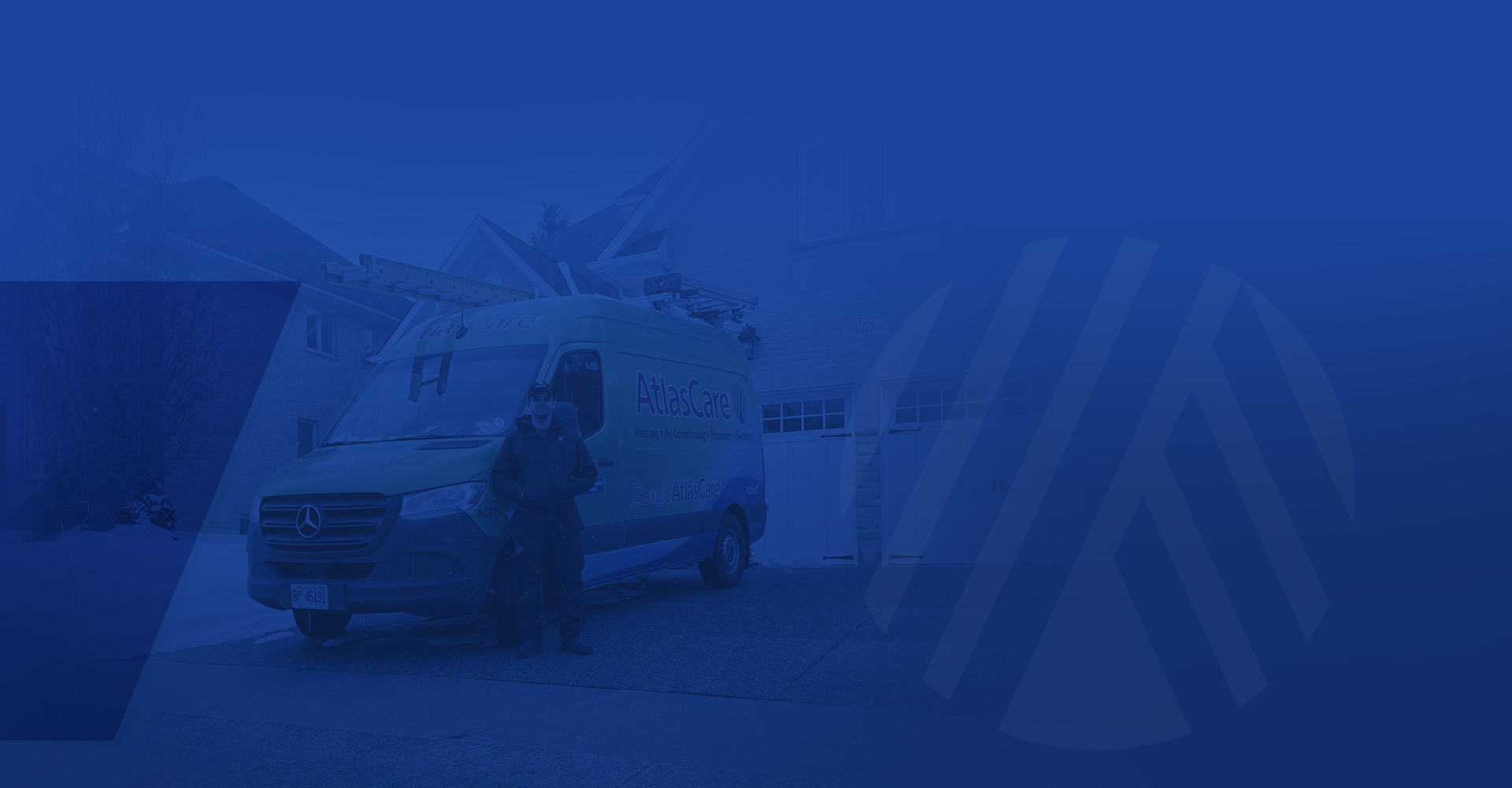Still Cold? 4 Overlooked Areas That May Need Weatherproofing
Having an energy-efficient home is a priority for many Canadians these days. An increasing number of homeowners are choosing eco-friendly dwellings. Whether old or new, all homes require a careful annual inspection to identify spots that could use some extra attention in wintertime.
Almost everyone thinks to check around doors and windows, but here are some potentially overlooked areas that may need weatherproofing repairs as well.
1. Garage
Whether you use it to store vehicles or as a workspace, don’t forget to include the garage on your list of weatherproofing projects. The garage often sits right under a home, so its temperature can affect the comfort level of the floors above.
In addition to insulating the garage door, replace the weather-stripping that runs along the bottom. Even the most durable rubber strips will wear out over time and let frigid air inside. Finish off by using caulk to seal any cracks or openings you can find inside or outside the area around the door.
2. Balconies
Balconies are wonderful places for rest and relaxation in the warmer months, but you probably don’t spend much time thinking about them the rest of the year. That is unfortunate, as cold air can seep in around the doorframe just as easily as any other doors in your home. Check the weather-stripping here and replace it, if necessary.
3. Electrical Outlets, Switch Plates, and Floor Gaps
Most people never get close enough to their electrical outlets to notice a draft, but you can find them in homes that lack sufficient insulation in those spots around the plug panels. An outlet may not seem like a big opening, but that heat loss adds up over time.
While you’re down on your hands and knees checking the outlets, look for gaps in the floor and walls that pipes and wires pass through. These areas may also need weatherproofing. Fill them with appropriate insulation where needed.
4. Attic/Roof
Most people worry about leaks in the roof, but wear and tear on top of your home can also provide spaces for cold air to enter. While water damage often points the way to a roofing problem, this is not always the case. Also, be sure to inspect the inside by carefully examining the insulation in your attic for trouble spots that need additional weatherproofing.






